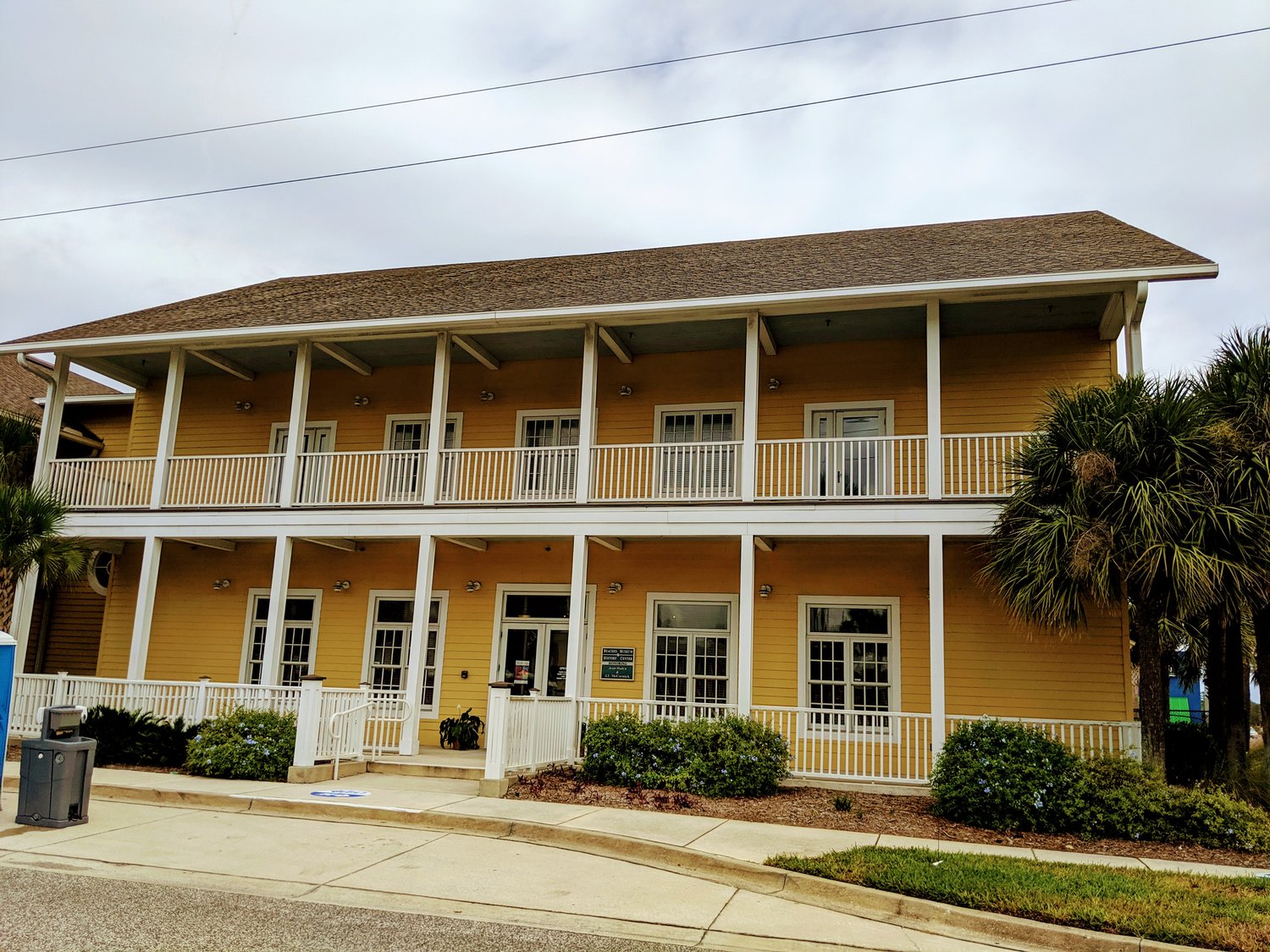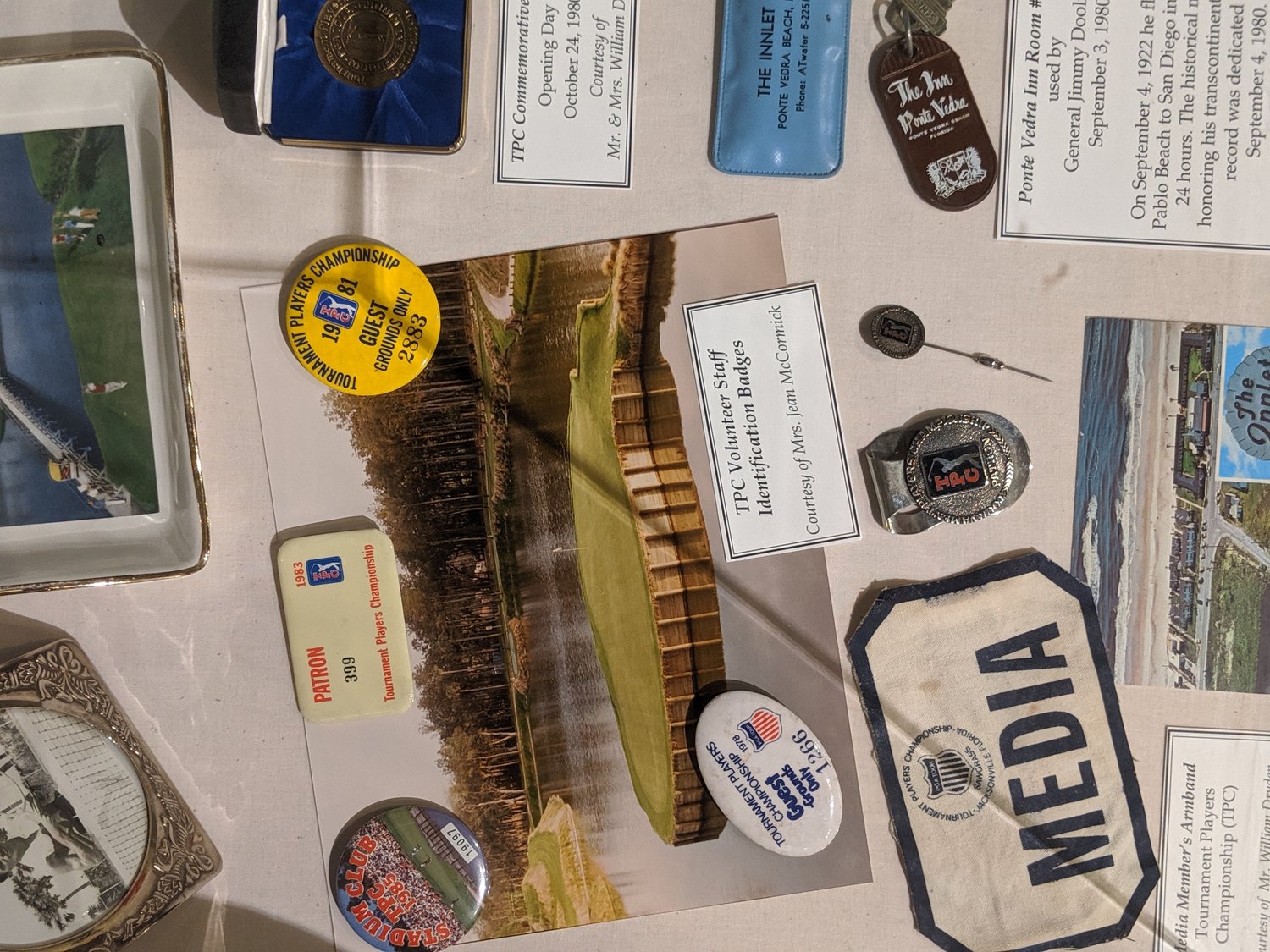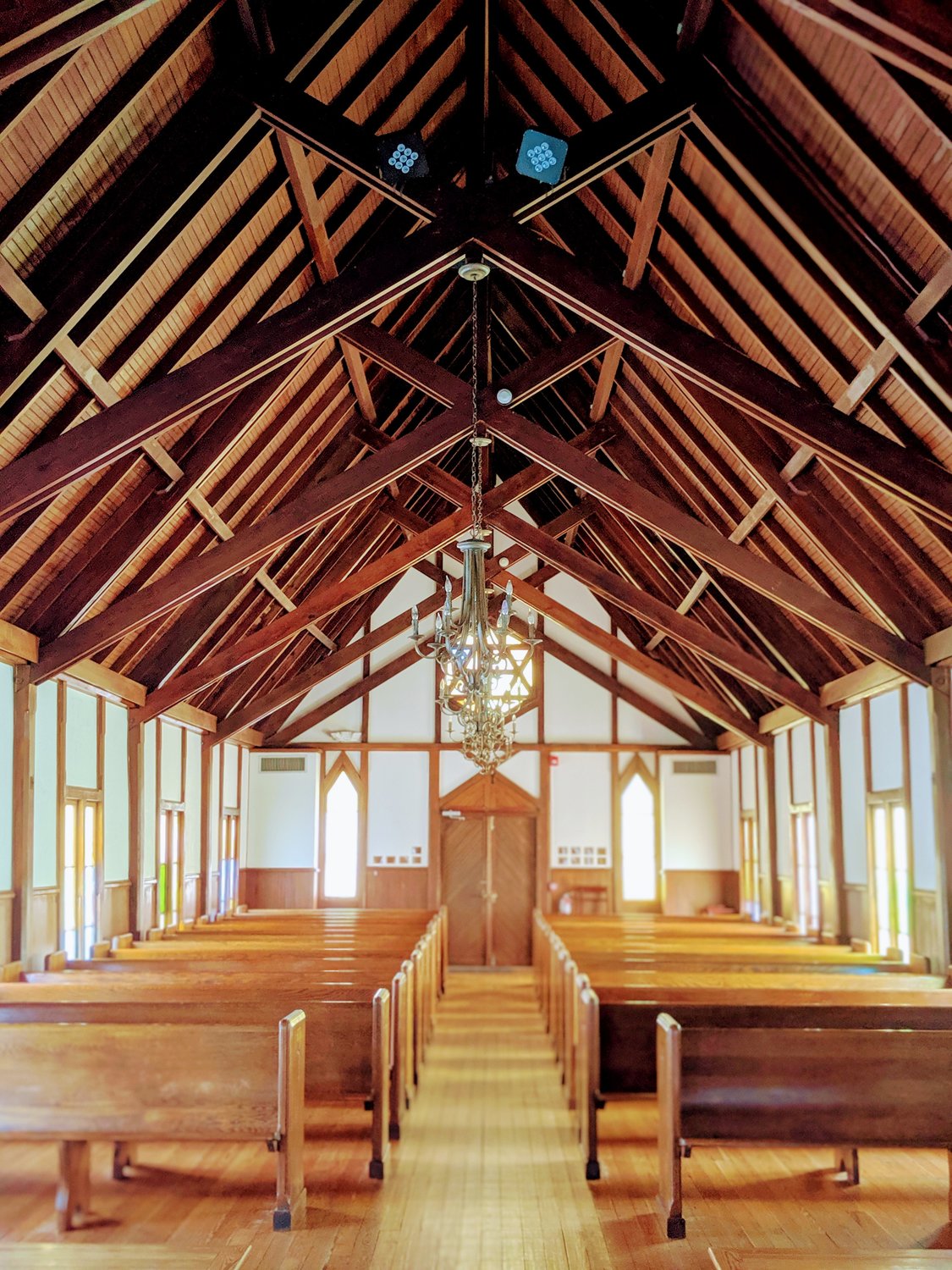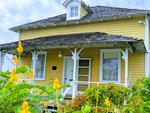The Beaches Museum & History Park
Cataloguing the past for the future
In 1873, Thomas Oestreicher and a friend came to Palm Valley. On what was Durbin Swamp, now Twenty Mile Road in Nocatee, they built a two-room cabin. Not long after, 17-year-old Oestreicher married 14-year old Ella Francis Ortagus, and together they raised nine children in that small cypress, palm and oak “Florida Cracker” home.
Today, the cabin is known as the Oesterreicher-McCormick Homestead and is the second oldest house in Duval County. It represents a far cry from the life of residents in Nocatee and a constant reminder of the hardship and history of the land.
The past is being largely preserved by the efforts of the Beaches Museum & History Park, which raised about $200,000 to move and restore the cabin to the park in Jacksonville Beach.
Located at 381 Beach Blvd., the park houses some of the area’s oldest and most treasured historical items--including original copies of area newspapers, including many early issues of the Ponte Vedra Recorder.
“You drive past this building and it becomes part of the landscape,” Executive Director Chris Hoffman said. “I always joke that the people that most commonly come here are the people who have family in from out of town.”
The History Park also includes the 1903 Pablo Beach Post Office, 1911 Train Engine, Mayport East Coast Railway Depot, an East Coast Railway Foreman’s House and the beloved Beaches Museum Chapel, which hosts concerts, events and weddings.
Built in 1887, the Chapel was originally made to accompany a tourist resort, which was in Jacksonville Beach, where the lifeguard station is currently located. Back then, the area was known as Pablo Beach. Just as today, the beach was known for its tourism and travelers would take a train from town to spend the weekend relaxing and breathing fresh air. The railway eventually became Beach Boulevard, but long before that the popular beachside resort tragically burned down in a fire, leaving only the little chapel standing. It had been moved several times, to various locations in Jacksonville Beach and Neptune Beach, before finding a permanent home on the grounds of the museum.
The Beaches Area Historical Society’s mission since its inception in 1978 has been to preserve the history of the area, which is why it built the museum. Originally founded by J.T. and Jean McCormick, it was their dream to document and preserve the history of Atlantic Beach, Neptune Beach, Mayport, Jacksonville Beach, Ponte Vedra Beach and Palm Valley.
Currently, the museum doesn’t just host a plethora of beaches memorabilia to tour, (including a Timucuan dugout canoe which predates Spanish exploration) but also concerts, speakers from all over the county, archives, a museum store and on and offsite events.
“We are not just a museum waiting for people to come in,” Hoffman said.
Most importantly, however, the museum offers its hand toward preservation, a task which it does not take lightly.
“You don’t know what you don't know,” Hoffman said. “When history gets lost, it gets lost forever unless there is someone like us preserving it… and if we didn't do it, who would?”
The next upcoming exhibit opening is “Neptune Beach: A Cool Place to Live,” which will be on display from November 15 to March 1, 2020. For more information, visit beachesmuseum.org.














